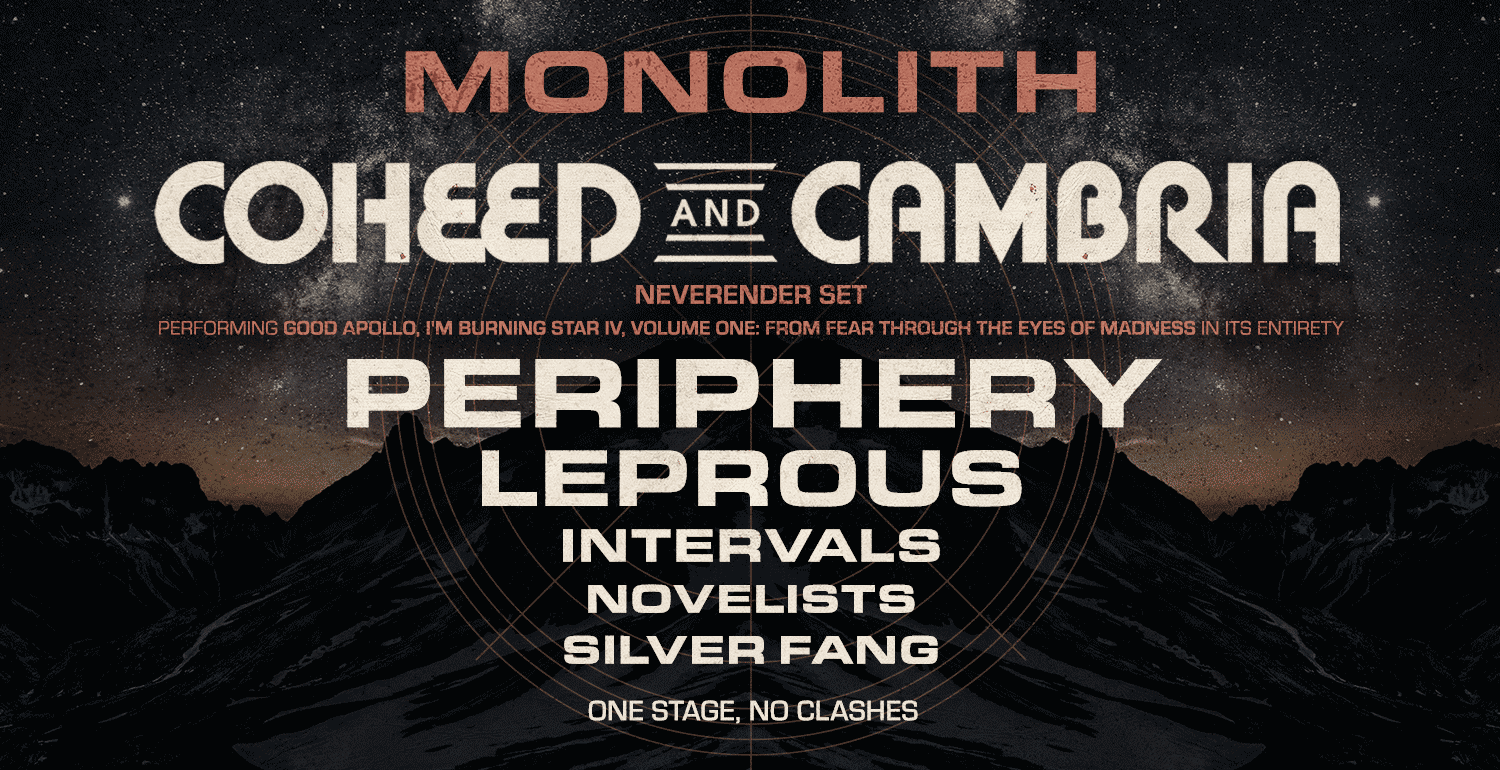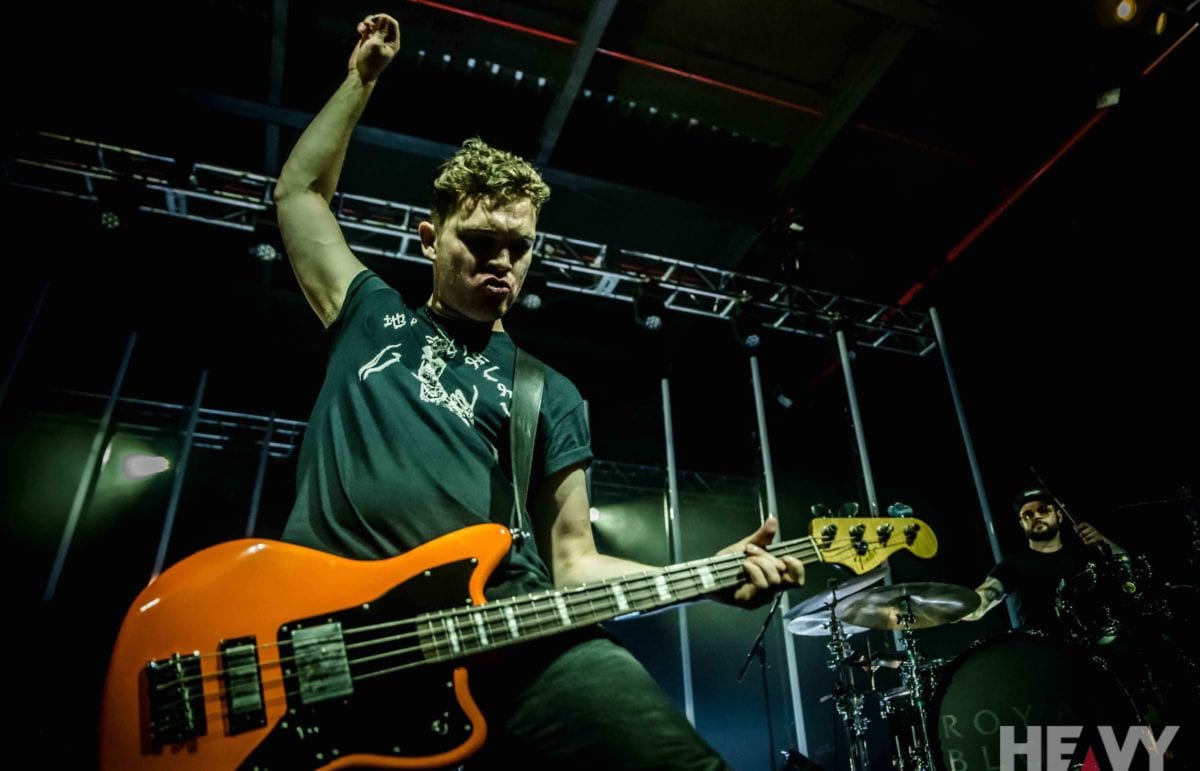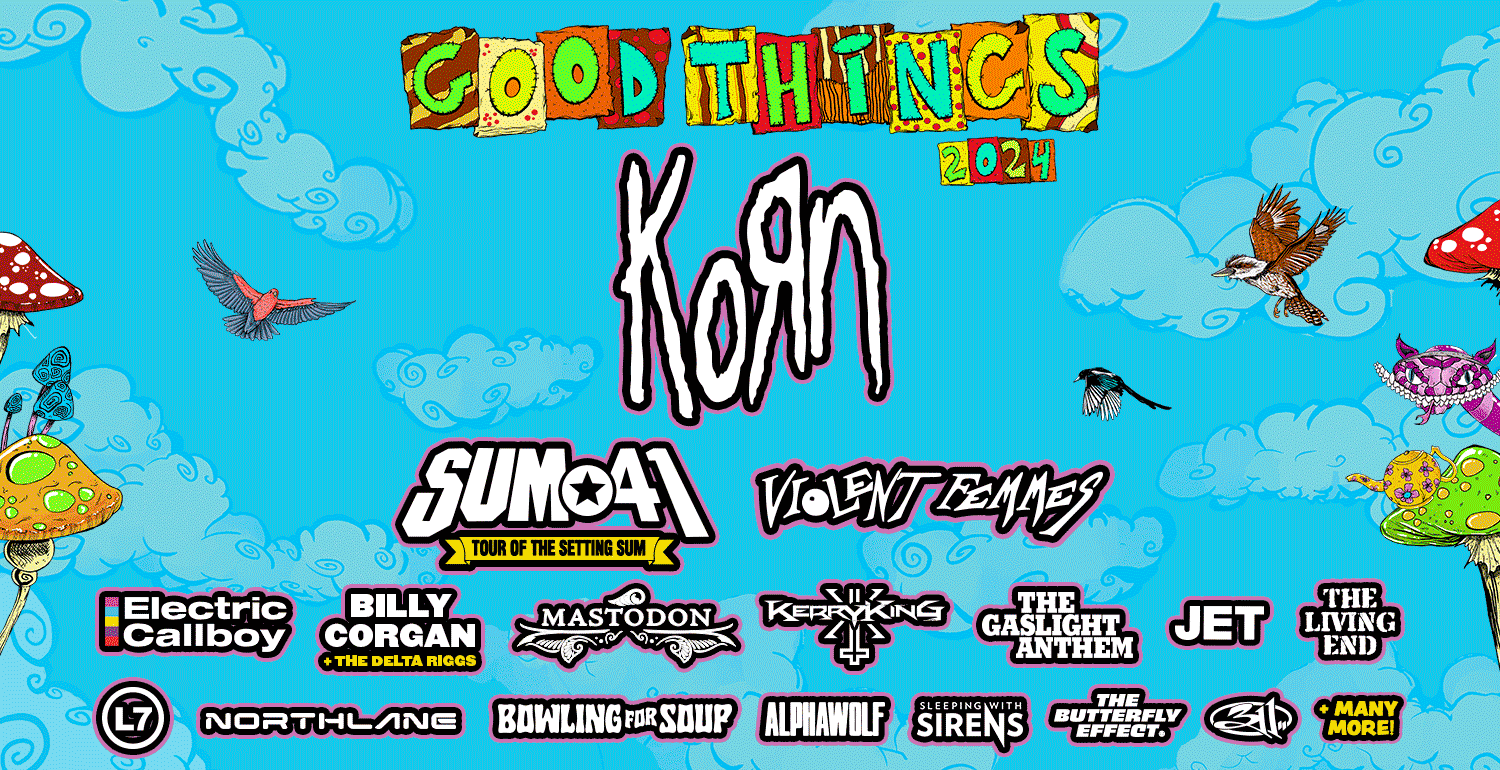According to the concert tracking and ticketing website Songkick, British rock duo Royal Blood travelled over 236,000 miles over the course of two and a half years, basically performing the same ten songs from their self-titled record to legions of adoring fans spanning the globe.
By the end of Royal Blood’s initial tour cycle in the fall of 2015 the brutal and near non-stop touring schedule had taken somewhat a toll on both Mike Kerr (bass/vocals) and Ben Thatcher (drums).
Commenting on the end of that initial tour Kerr told the U.K. based on-line music media outlet NME in 2017,
“I remember just slamming my bass into the door and splitting it into ten pieces. It felt like the end of that album. I genuinely didn’t smash my bass in a “this is going to be cool” kind of way; it was more like, I need to destroy this machine and start again.”

Following a brief respite, the pair made their way back to the United States to begin the process for the follow up record in the spring of 2016, eventually releasing the sophomore effort, How Did We Get So Dark in June of 2017. Royal Blood took to the Fillmore’s stage in Charlotte, North Carolina this past Thursday to little fanfare and close to a bare bones stage production.
Their live show production essentially boiled down to a series of fifteen-foot-high vertical LED lights that enveloped both Kerr and Thatcher in addition to the two female back up singers they’ve brought along for the ride this time around. The British duo kicked off the evening’s music festivities with a blistering rendition of the title track of of their sophomore release, How Did We Get So Dark.
Although the song is one that many casual fans of Royal Blood may be less familiar with, the wall of sound created by Kerr and Thatcher had the Fillmore’s audience shaking and quaking from the jump. The show moved forward with the band choosing to continue to focus on the new material with tracks that included “Where Are You Know” and hit single “Lights Out.”
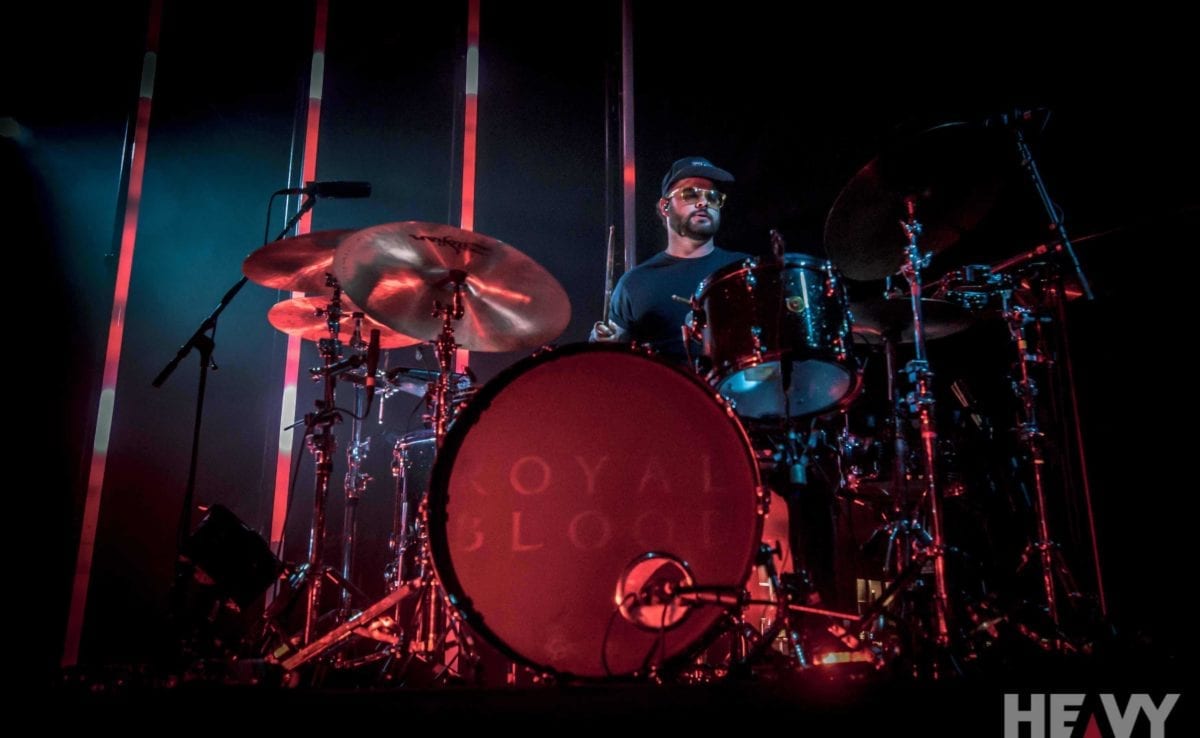
It’s the later of these two tracks that most closer mirrors the sonic template the Royal Blood used to great success on their debut.
Not surprisingly it was also at this point in the performance that the crowd began to form an adrenaline and sweat fueled connection with the band that would end up lasting throughout the entirety of the performance. The intensity erupted to new levels as the notes to first album hit, “Come On Over” were plucked by Kerr on his Fender bass.
It’s on songs such as “Come on Over,” “I Only Lie When I Love You,” “Little Monster,” and “Figure It Out” where Royal Blood truly shine as a live performance wrecking ball. Critics of the Brighton, England duo have chastised the band for not re-inventing their sound or attempting to push their creative musical boundaries on their sophomore release.
The truth is the music that Royal Blood have put out to date, for the most part, has been built off the same stripped down, dirty, bluesy, sexy rock that their heroes such as Led Zeppelin, Thin Lizzy and Cream used to polarize generations upon generations of music fans. Isn’t intimation the sincerest form of flattery anyway?
Kerr and Thatcher’s music doesn’t seem as though it’s being crafted for the listener to grab a set of headphones and explore entire record from the first album track to last. Instead it seems a forgone conclusion that Royal Blood are writing their music specifically for the live stage and what in the name of all things rock and roll is wrong with that?
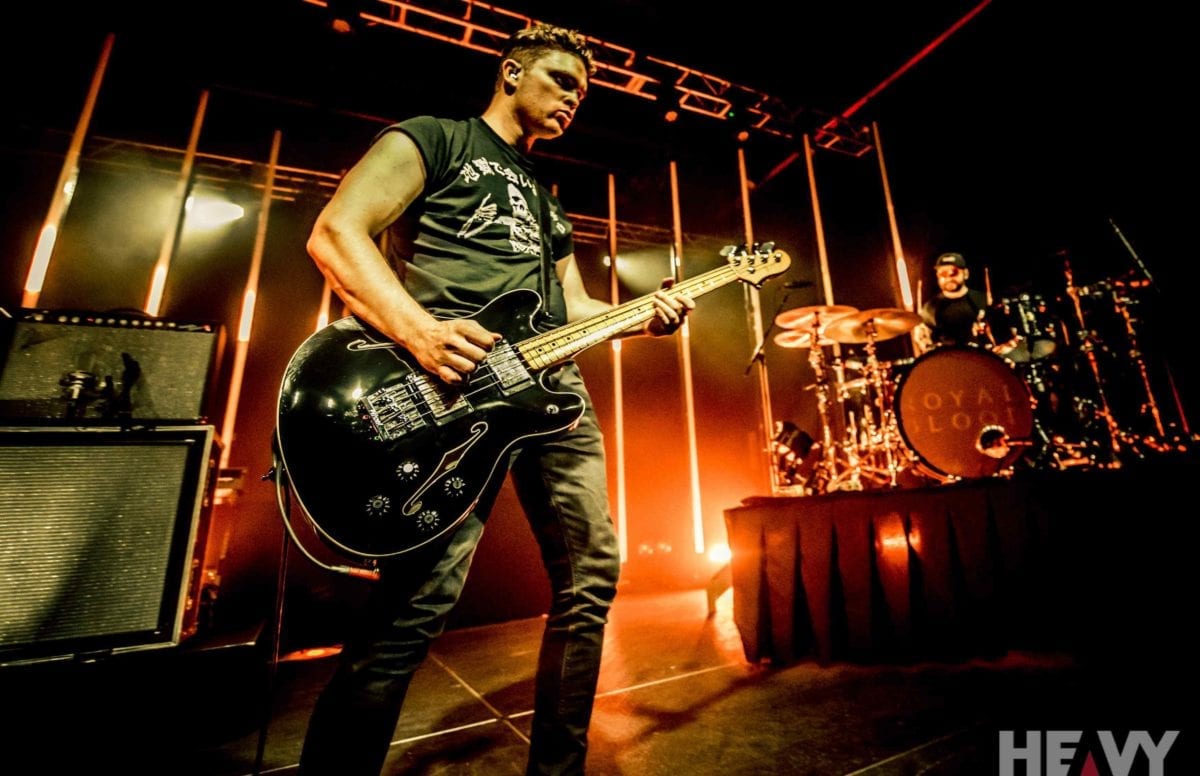
The music industry has long since retired the notion of selling records to achieve fame and fortune. It’s the live concert experience that compels fans to purchase tickets, buy merchandise and spend hours in lines to stand within mere feet of their rock and roll icons.
This condition affords bands such as Royal Blood to offer some diversity in their live set in terms of the newer music without boring the audience in the process of doing so.
Newer tracks like the hip-hop influenced “Sleep,” the somewhat almost Motörhead sounding climax of “Hook, Line and Sinker,” and the theatrically menacing “Hole in Your Heart,” all drew the same type of rambunctious response from the Fillmore’s crowd as the older material Royal Blood played on the evening.
Royal Blood never pronounced themselves as the modern day saviors of rock, some knuckleheads in the music industry slapped that label on them at some point on their meteoric rise.
Instead Kerr and Thatcher are really just these wildly likable and genuine human beings that put out extraordinary rock music built off catchy monster-sized, and fuzzed out riffs, alongside a mountain of thunderous percussion.

Royal Blood’s performance at the Fillmore ultimately made every last soul inside the confines of the venue to sweat, dance, bop, scream and sing along to each and every last song that was played. Isn’t that the purpose of great rock and roll in the first place?
Long live rock and roll. Long live Royal Blood.
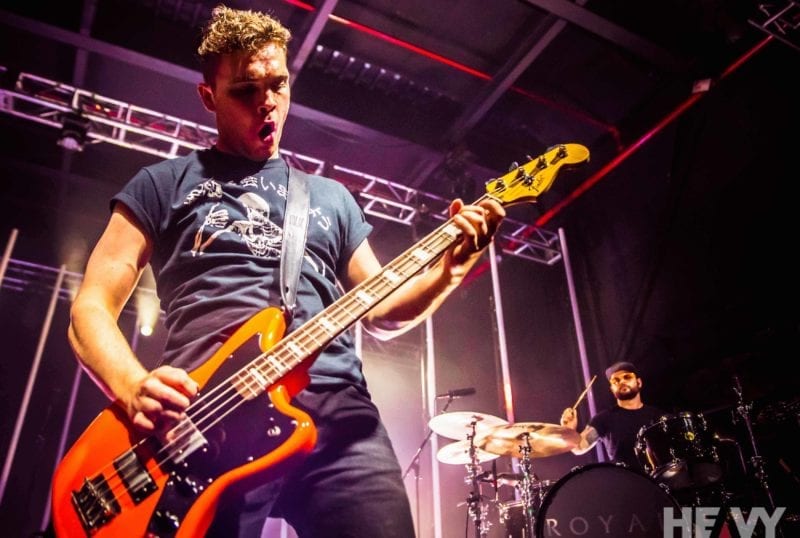

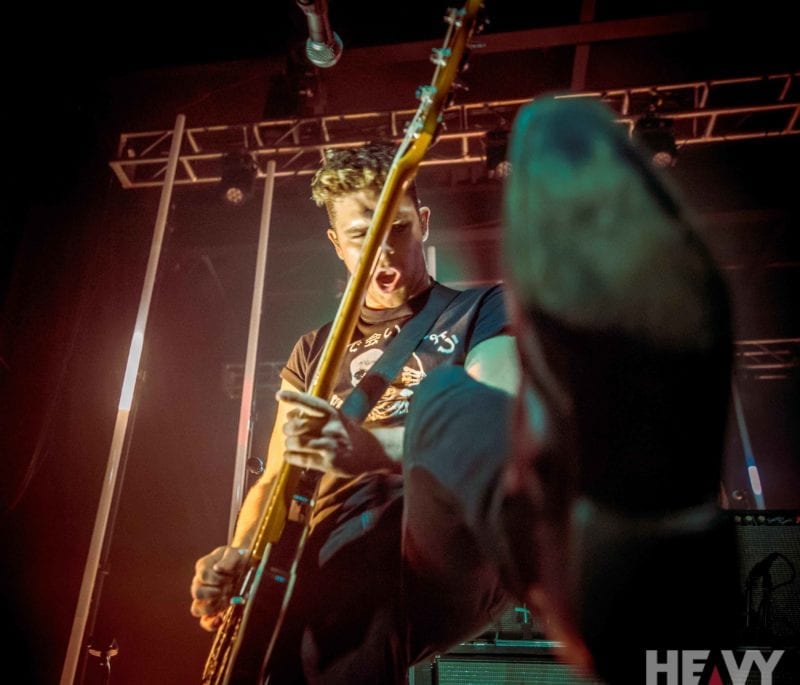


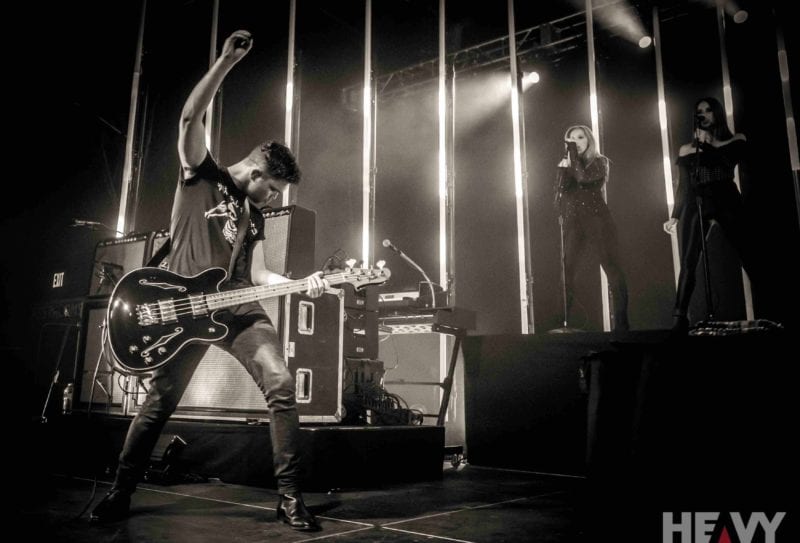
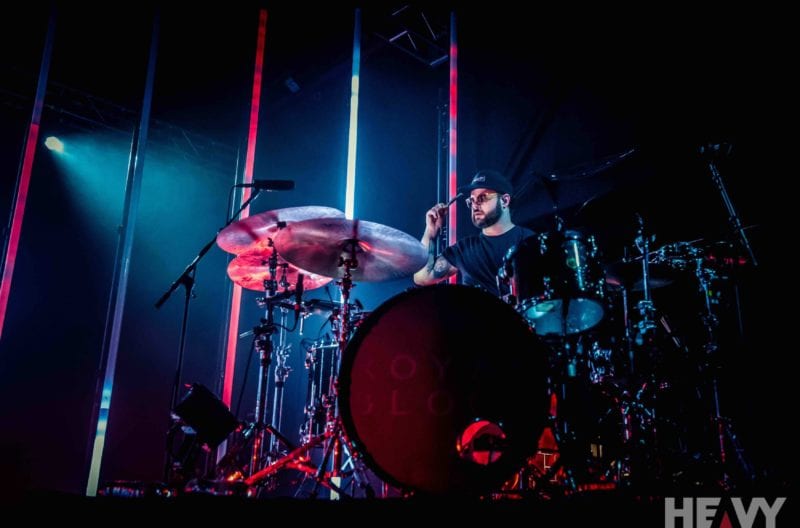
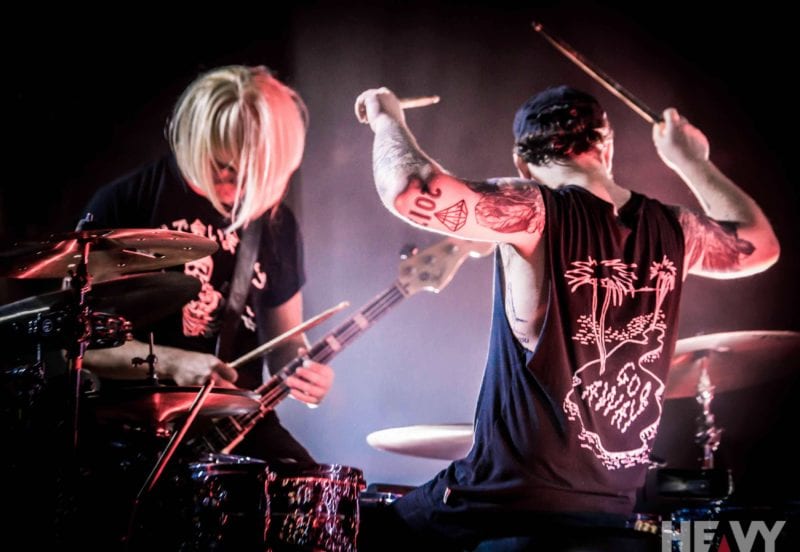
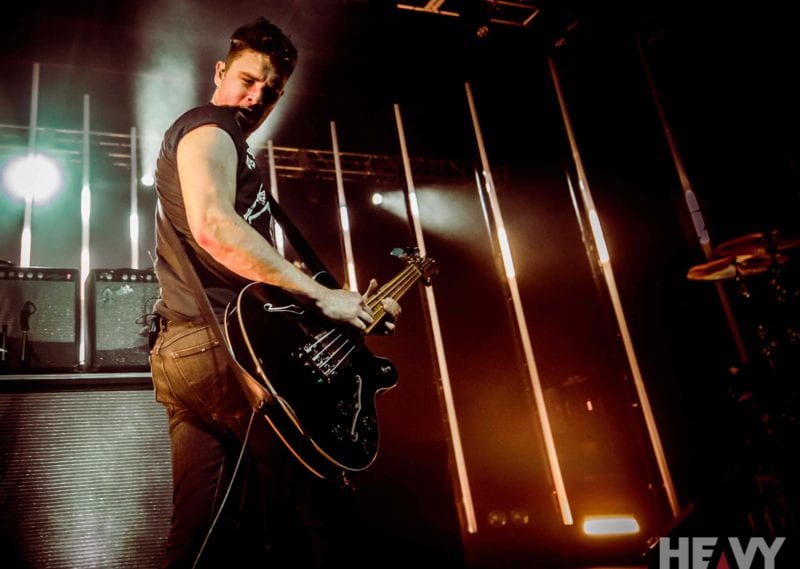
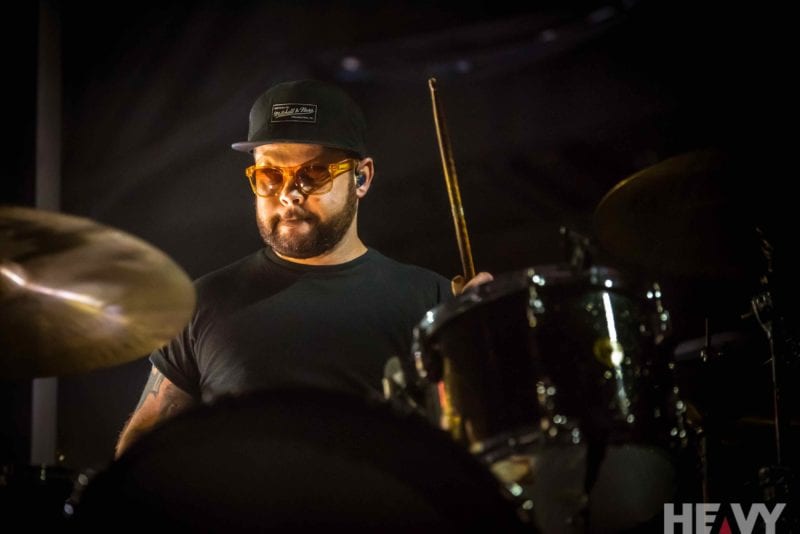
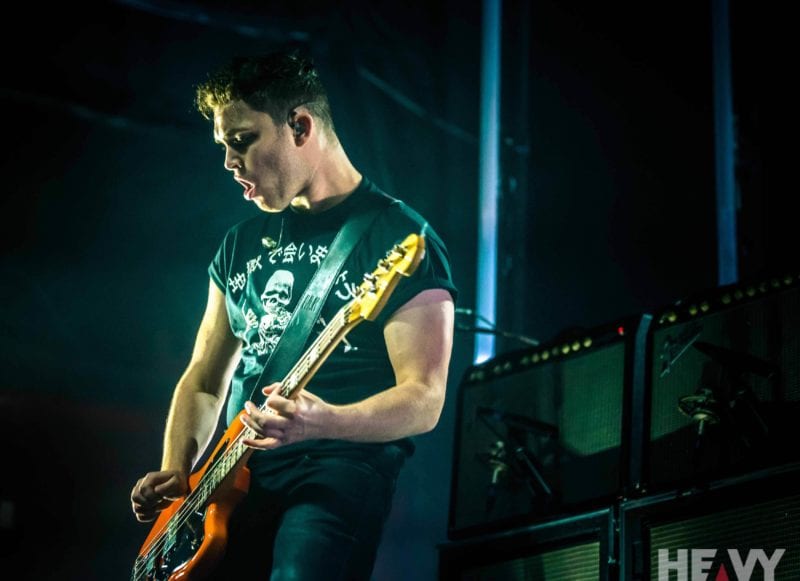
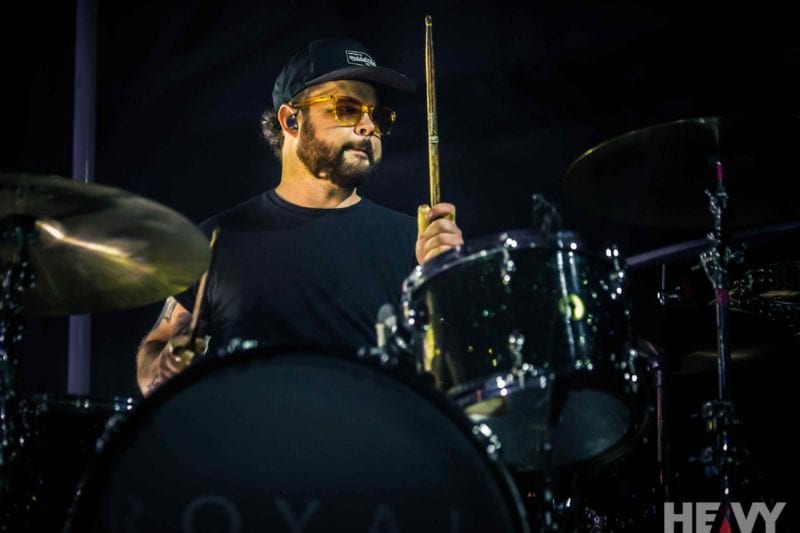
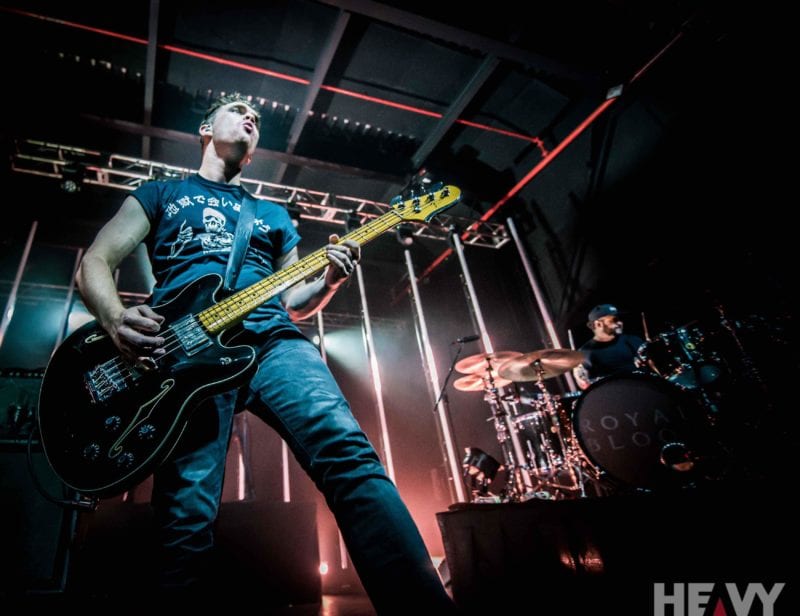

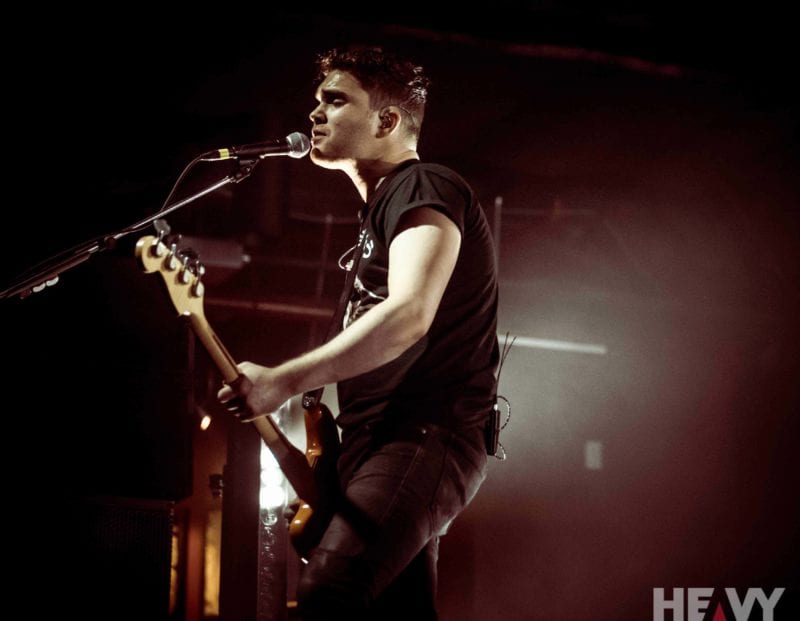
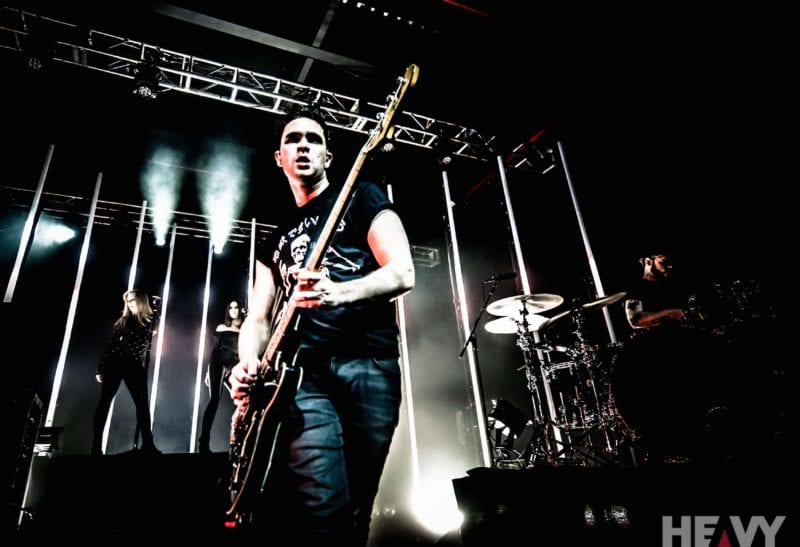

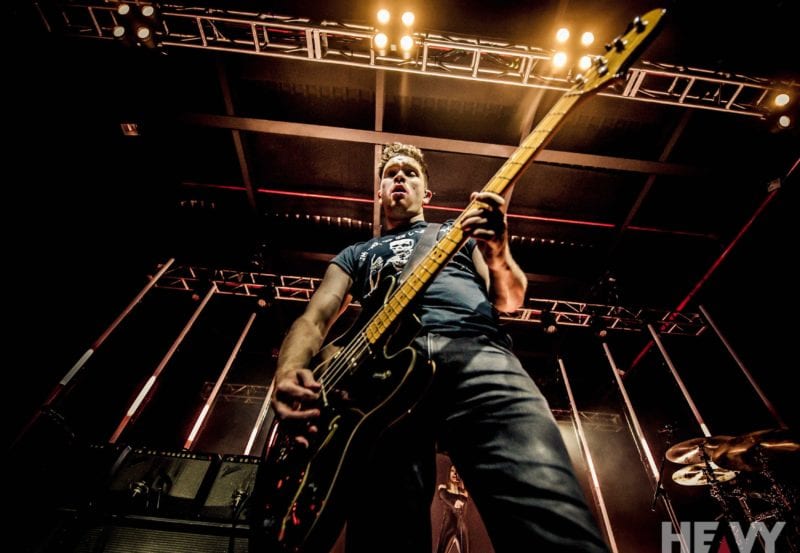
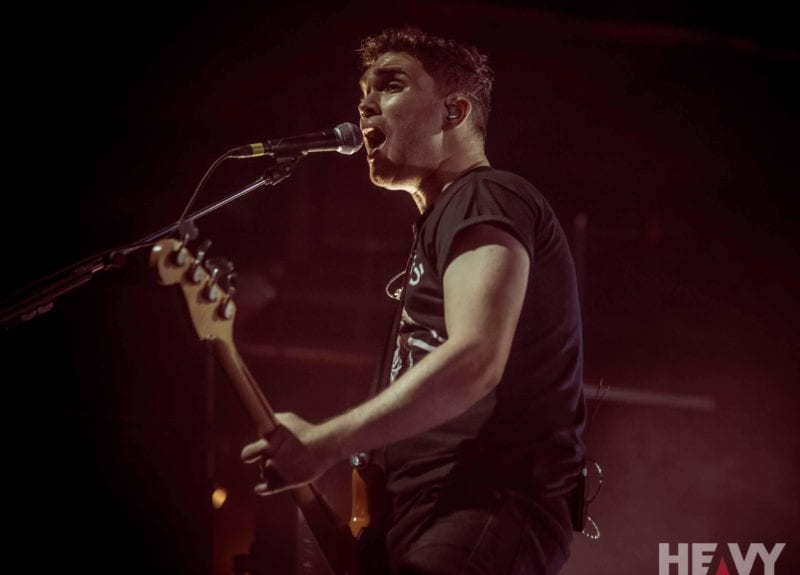
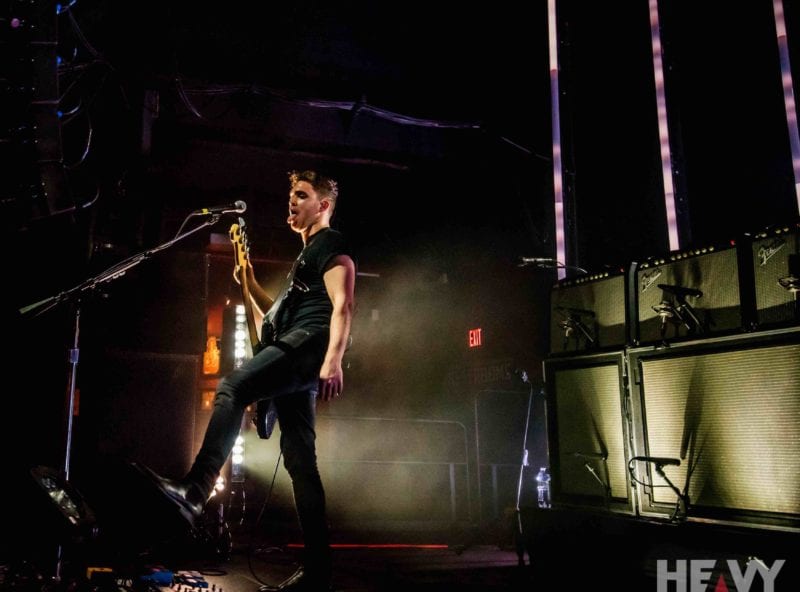
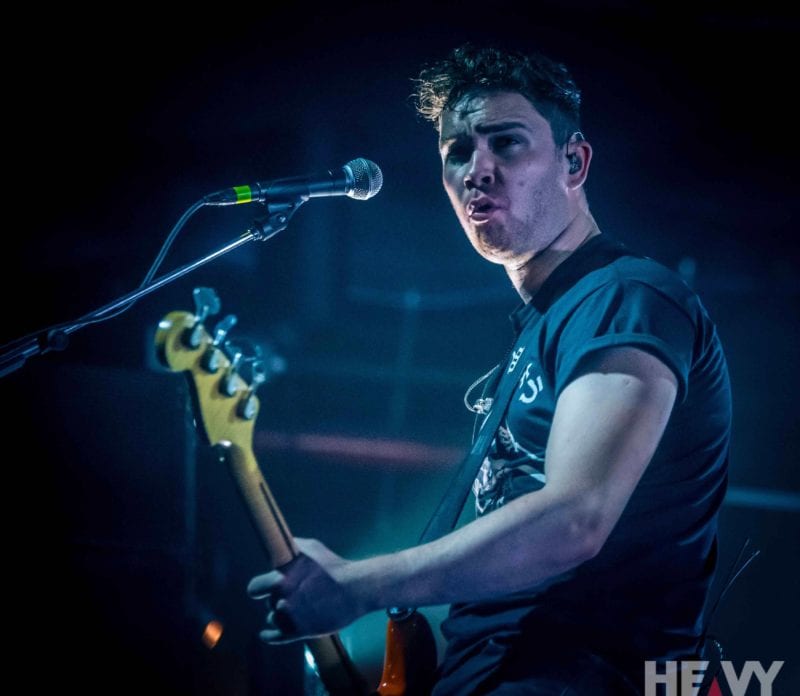


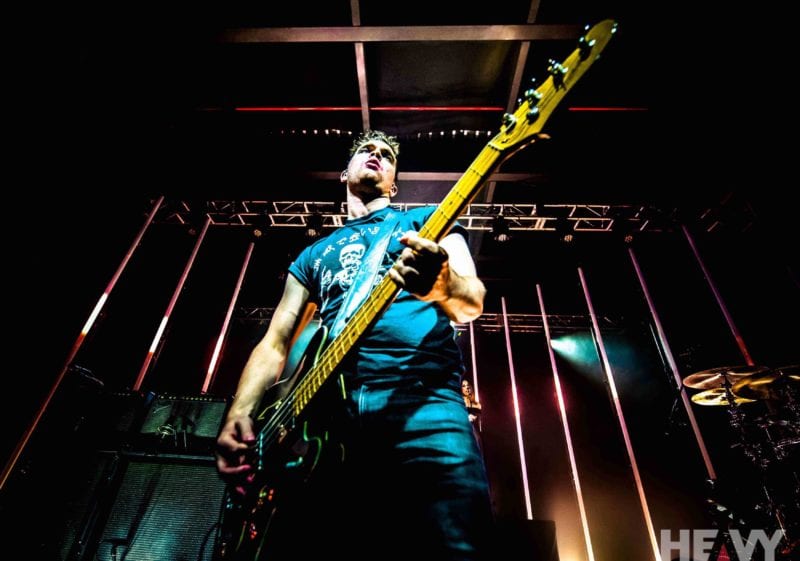



All Writing and Photography: Robert Forte
Instagram: 40_photography
Facebook: @4zerophotography
